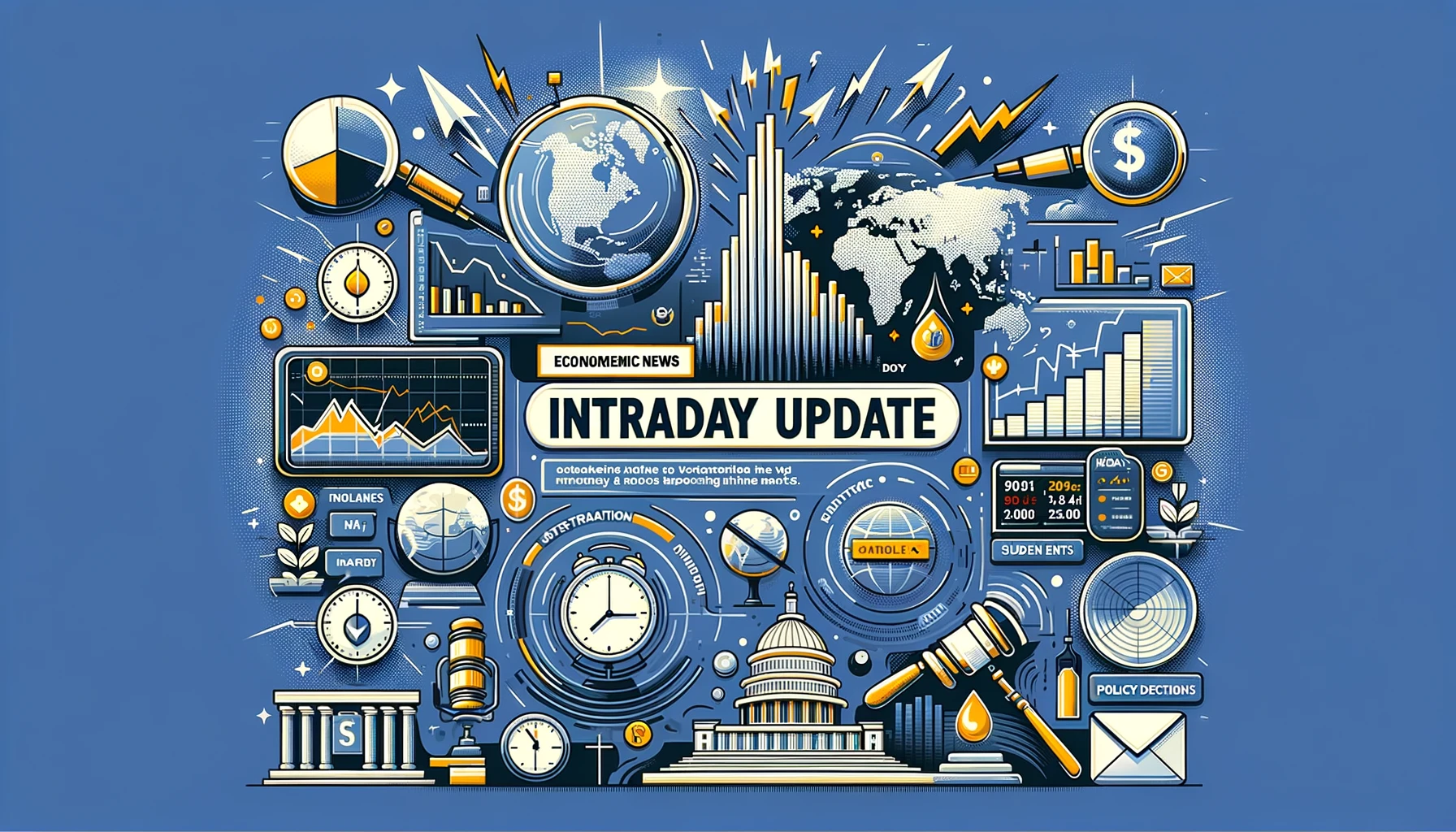The latest U.S. Non-Farm Payrolls (NFP) report, released today, revealed that the economy added 175,000 jobs in April. This figure fell significantly short of market expectations of a 241,000 increase, marking the smallest monthly job growth in six months and signaling a cooling labor market. The report is a crucial indicator of economic health and its implications are already rippling through the financial markets.
Key Takeaways
- Job Growth: The 175,000 increase in jobs represents a notable decline from previous months, raising concerns about the strength of the U.S. labor market.
- Unemployment Rate: The unemployment rate ticked up to 3.9%, slightly higher than the forecasted 3.8%.
- Revisions: Revisions to data for February and March showed 22,000 fewer jobs created than initially reported, further indicating a slowing trend.
Market Impact
- Interest Rate Expectations: The weaker-than-expected NFP data has bolstered expectations of rate cuts by the Federal Reserve. Traders now anticipate the first rate cut could come as early as September, shifting forward from previous expectations of November. The futures market has priced in two rate cuts this year.
- Treasury Yields: In response to the NFP data, the two-year Treasury yield, which is sensitive to interest rate expectations, dropped by 0.1 percentage points to 4.77%.
- Equity Markets: S&P 500 futures rose on the expectation of looser monetary policy, as rate cuts are seen as supportive for equities.
Currency Market Reactions
- US Dollar: The U.S. Dollar Index weakened following the release, as expectations of upcoming rate cuts increase. The bearish pressures on the dollar were further amplified by the NFP data.
- EUR/USD: The weaker dollar translated into bullish pressure on the EUR/USD pair, which experienced an uptick following the NFP announcement.
Additional Data: ISM Services PMI
The ISM Services PMI, a leading economic indicator, is expected to increase to 52 from 51.4, indicating continued expansion in the services sector. The interaction between the ISM PMI and the NFP results will shape market sentiment further. If the PMI significantly exceeds expectations, it could counteract some of the bearish sentiment generated by the NFP data, providing a more nuanced view of economic health.
Conclusion
The April NFP report points to a decelerating labor market, which has shifted expectations regarding future monetary policy. While the Federal Reserve had previously signaled that rates would remain high to fight inflation, this NFP report has amplified speculation that rate cuts could come sooner than anticipated, driving significant market reactions across asset classes.





